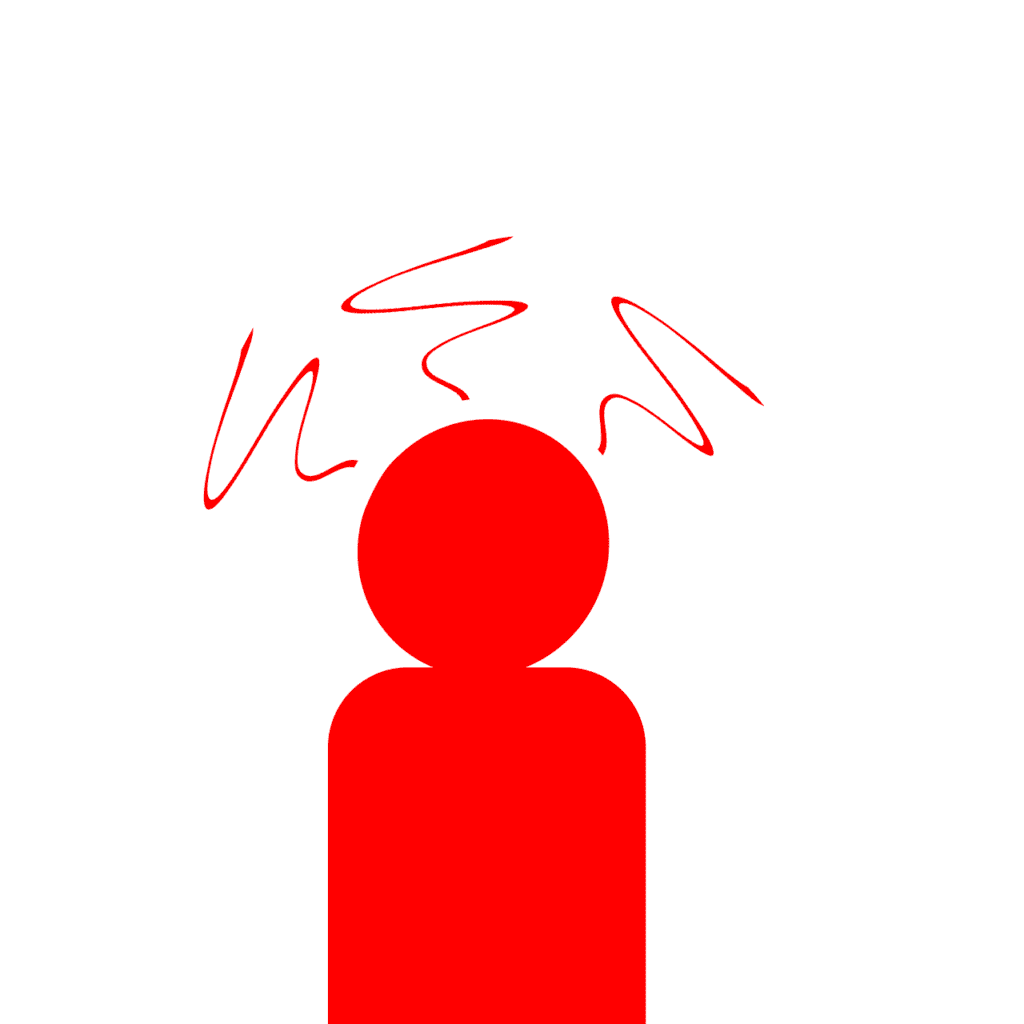Migraines — nobody likes them, nobody wants them. Yet, a lot of us suffer from them. New research is looking into how they link to sleeping patterns, in a bid to improve our ability to treat migraines.

Both children and adults suffering from migraines are liable to get less high-quality, rapid-eye-movement (REM) sleep than their peers, is the overall finding of a new meta-study. Children with migraines, in particular, also get less total sleep time than healthy ones, but also fall asleep faster.
While the findings may not seem impressive at first glance, they go a long way towards understanding how migraines affect the sleeping patterns of patients. They also offer a better understanding of just what issues such patients face, and what doctors can do to help them overcome their unique set of problems. That being said, the meta-study didn’t aim to, nor did it succeed in, establishing a cause-effect relationship between lack of sleep and migraines.
Losing sleep
“Do migraines cause poor sleep quality or does poor sleep quality cause migraines?” said co-author Jan Hoffmann, MD, PhD, of King’s College London in the United Kingdom and a member of the American Academy of Neurology. “We wanted to analyze recent research to get a clearer picture of how migraines affect people’s sleep patterns and the severity of their headaches. That way, clinicians can better support people with migraines and deliver more effective sleep treatments.”
REM sleep is an important stage in our sleep cycle, so named because its most observable feature is the erratic eye motions sleepers display during this stage. It’s a very active state internally, as well, characterized by high levels of brain activity, and often associated with dreaming. All this neural activity isn’t just for show, however. REM has a vital role to play in our brain’s ability to learn and strengthen memories.
The current meta-analysis included 32 studies totaling around 10,200 people. Each participant supplied data pertaining to the quality of their sleep via a questionnaire. This included data on their sleeping habits such as how long they need to fall asleep, total sleeping time per day, and whether they used any type of sleeping aids. A higher score on these questionnaires was indicative of worse sleeping quality.
For a large part of these 32 studies, participants also made an overnight visit to a sleep lab (the kind of lab where sleep disorders are diagnosed). Here, their brain activity patterns, levels of blood oxygen, heart rate, and eye movement patterns were recorded as they slept.
Adults who also reported experiencing migraines had overall higher average scores on the questionnaires than adults who didn’t suffer from migraines. A moderate amount of this difference was attributable to the migraines themselves, the team explains, adding that patients with chronic migraines scored even higher on average than all others (both those with migraines and those without).
Children with migraines slept less overall, had more wake time per day, and fell asleep faster than those without migraines. The team explains that it’s possible these children fall asleep more quickly because they’re sleep-deprived.
Both adults and children with migraines got lower relative levels of REM sleep — as a percentage of their total sleep time — than their healthy counterparts.
“Our analysis provides a clearer understanding of migraines and how they affect sleep patterns and illustrates the impact these patterns might have on a person’s ability to get a good night’s sleep,” Hoffmann said.
The study is correlational in nature — it can identify that certain traits go together, such as migraines and lower levels and quality of sleep. That being said, it can’t be used to determine that one causes the other. Another limitation of the meta-study was that the original studies didn’t account for patient’s use of any medication that could affect their sleep cycles.
That being said, the results are enough to show that patients with migraines do have “significantly poorer” perceptions of their own sleep quality, and also show important actual changes in their sleeping patterns and quality of sleep. As such, doctors treating patients suffering from migraines should take these two issues into account and take steps to help their patients better deal with them.
The paper “Subjective Sleep Quality and Sleep Architecture in Patients With Migraine: A Meta-analysis” has been published in the journal Neurology.


